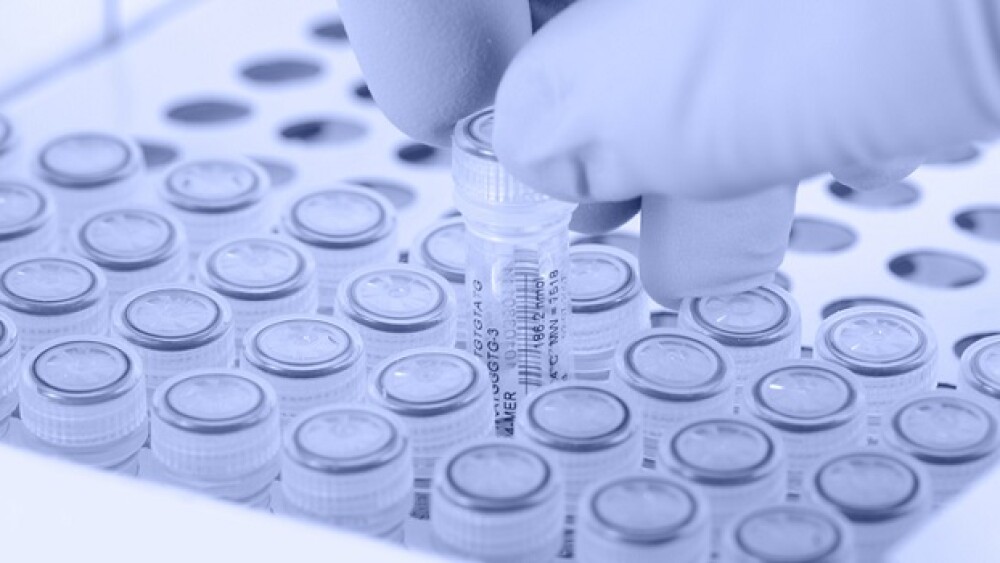Beam Therapeutics has enrolled the first patient in a Phase I/II trial studying a gene therapy leveraging base editing in adults with severe sickle cell disease.
Beam Therapeutics has enrolled the first patient in a Phase I/II trial studying a gene therapy leveraging base editing in adults with severe sickle cell disease (SCD), the company announced Monday.
The therapeutic, dubbed BEAM-101, is an autologous hematopoietic stem cell (HSC) investigational therapy designed to alleviate the effects of mutations that cause SCD.
John Evans, chief executive officer of Beam, called the patient’s enrollment in the BEACON trial a “significant step forward” for both Beam and the field of base editing. He added that his team believes BEAM-101 has “several advantages” over other available genetic therapies.
Beam refers to base editing, an essential component of BEAM-101, as a “next-generation form of CRISPR.” Base editing swaps out a single DNA letter for another instead of utilizing a double-strand DNA cut, like earlier generations of CRISPR.
According to Beam, this method is safer, as it removes the risk of double-stranded breaks during editing, the cause of unwanted chromosomal abnormalities and genotoxic stress.
BEAM-101 incorporates base editors designed to mimic single nucleotide polymorphisms seen in individuals with hereditary persistence of fetal hemoglobin. If successful, this will lead to increases in fetal hemoglobin (HbF), which inhibits hemoglobin S (HbS) polymerization.
The drug is tailored to each patient through HSC retrieval. After the patient undergoes a standard-of-care chemotherapy regimen, the edited cells are transplanted back into the patient. The trial will include an initial cohort of three patients, treated one at a time, followed by up to 45 patients.
In preclinical studies, Beam reported the therapeutic displayed:
- High levels of HSC editing (over 90% of alleles edited),
- High and consistent levels of upregulation of HbF (over 60% of total hemoglobin), and
- Significant reductions in the disease-causing protein HbS to levels that are similar to sickle cell trait carriers, who do not have SCD.
A Whole New World
As of this year, base editing is a brand new concept in human trials. The technology itself was developed only six years ago, according to Nature.
In July, Verve Therapeutics dosed its first patient with VERVE-101, a base editor built on technology licensed from Beam. This marked the first time a human had ever been dosed in a clinical trial with a base editor.
But as is often the case with novel therapeutics, base editors have faced some regulatory hurdles. In November, the FDA placed a clinical hold on Verve’s investigational new drug application for VERVE-101, which was being studied in patients with heterozygous familial hypercholesterolemia.
And in July, Beam’s therapeutic targeting CD7 for relapsed, refractory T-cell acute lymphoblastic leukemia, BEAM-201, was put on hold by the FDA. The agency requested additional data and analyses from Beam to continue the study, and Beam is still waiting for the hold to be lifted.
As for BEAM-101, Evans stated the company’s current focus is threefold: activating additional clinical trial sites in the U.S., modifying the BEACON protocol to enable expedited future patient enrollment and endpoint assessment and finalizing its manufacturing process.





